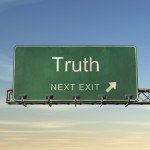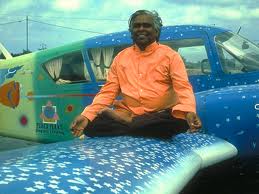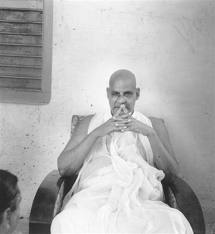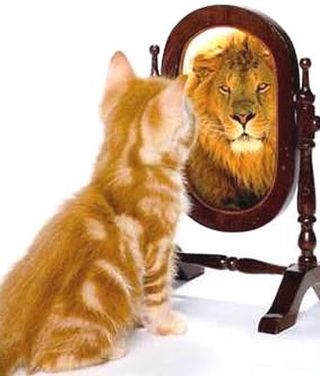Why I don’t train Yoga teachers.
On that course, I found new heroes.
I never had a single student get injured. Not one.
I won’t pee in the well.
Different worlds.
Yoga is not gymnastics.
Yoga is a spiritual practice.
Low Self-esteem (and what to do about it)
Most articles about self-esteem talk about thinking positively, making affirmations, smiling a lot, etc. These things are just band-aids – they will only serve to suppress the truth about how you feel about yourself for a short time. I am not interested in band-aids. I am interested in prevention and cure…
Newspaper interview re: RPT
I was interviewed recently about Reference Point Therapy for a national newspaper. The journalist asked some excellent questions, so I decided to write up the transcript of the interview for a blog post.
Here it is:
Funny ‘2 Cows’ thing.
SOCIALISM
You have 2 cows.
You give one to your neighbor.
COMMUNISM
You have 2 cows.
The State takes both and gives you some milk.
FASCISM
You have 2 cows.
The State takes both and sells you some milk.
NAZISM
You have 2 cows.
The State takes both and shoots you.
BUREAUCRATISM
You have 2 cows.
The State takes both, shoots one, milks the other, and then throws the milk
away.
TRADITIONAL CAPITALISM
You have two cows.
You sell one and buy a bull.
Your herd multiplies, and the economy grows.
You sell them and retire on the income.
SURREALISM
You have two giraffes.
The government requires you to take harmonica lessons
AN AMERICAN CORPORATION
You have two cows.
You sell one, and force the other to produce the milk of four cows.
Later, you hire a consultant to analyse why the cow has dropped dead.
VENTURE CAPITALISM
You have two cows.
You sell three of them to your publicly listed company, using letters of
credit opened by your brother-in-law at the bank, then execute a debt/equity
swap with an associated general offer so that you get all four cows back,
with a tax exemption for five cows.
The milk rights of the six cows are transferred via an intermediary to a
Cayman Island Company secretly owned by the majority shareholder who sells
The annual report says the company owns eight cows, with an option on one
more.
You sell one cow to buy a new president of the United States, leaving you
with nine cows.
No balance sheet provided with the release.
The public then buys your bull.
A FRENCH CORPORATION
You have two cows.
You go on strike, organize a riot, and block the roads because you want
three cows.
A JAPANESE CORPORATION
You have two cows.
You redesign them so they are one-tenth the size of an ordinary cow and
produce twenty times the milk.
You then create a clever cow cartoon image called ‘Cowkimon’ and market it worldwide.
A GERMAN CORPORATION
You have two cows.
You re-engineer them so they live for 100 years, eat once a month, and milk themselves.
AN ITALIAN CORPORATION
You have two cows, but you don’t know where they are.
You decide to have lunch.
A RUSSIAN CORPORATION
You have two cows.
You count them and learn you have five cows.
You count them again and learn you have 42 cows.
You count them again and learn you have 2 cows.
You stop counting cows and open another bottle of vodka.
A SWISS CORPORATION
You have 5,000 cows. None of them belong to you.
You charge the owners for storing them.
AN INDIAN CORPORATION
You have two cows.
You worship them.
A BRITISH CORPORATION
You have two cows.
Both are mad.
AN AUSTRALIAN CORPORATION
You have two cows.
Business seems pretty good.
You close the office and go for a few beers to celebrate.
AN IRAQI CORPORATION
Everyone thinks you have lots of cows.
You tell them that you have none.
No-one believes you, so they bomb the **** out of you and invade your
country.
You still have no cows, but at least now you are part of a democracy.
A CHINESE CORPORATION
You have two cows.
You have 300 people milking them.
You claim that you have full employment, and high bovine productivity.
You arrest the newsman who reported the real situation.
A NEW ZEALAND CORPORATION
You have two cows.
The one on the left looks very attractive.
- « Previous Page
- 1
- 2
- 3
- 4
- 5
- …
- 17
- Next Page »



